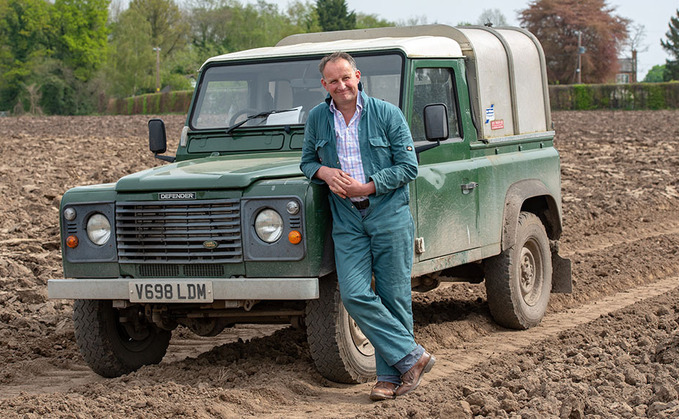
It has been a funny old month. At the last time of writing, early second cuts were being clamped while we still had a week or so left of growing. The decision at the time was not to cut as the forecast...

It has been a funny old month. At the last time of writing, early second cuts were being clamped while we still had a week or so left of growing. The decision at the time was not to cut as the forecast...
In this Christmas in the Countryside special, Emily Ashworth visits new Clarkson’s Farm star Harriet Cowan to talk about her farming life, and, of course, Christmas in the Cowan household
New survey says Christmas 2025 will see consumers blend tradition with convenience
The organisation has issued an urgent call for further donations to ensure construction can start in 2026